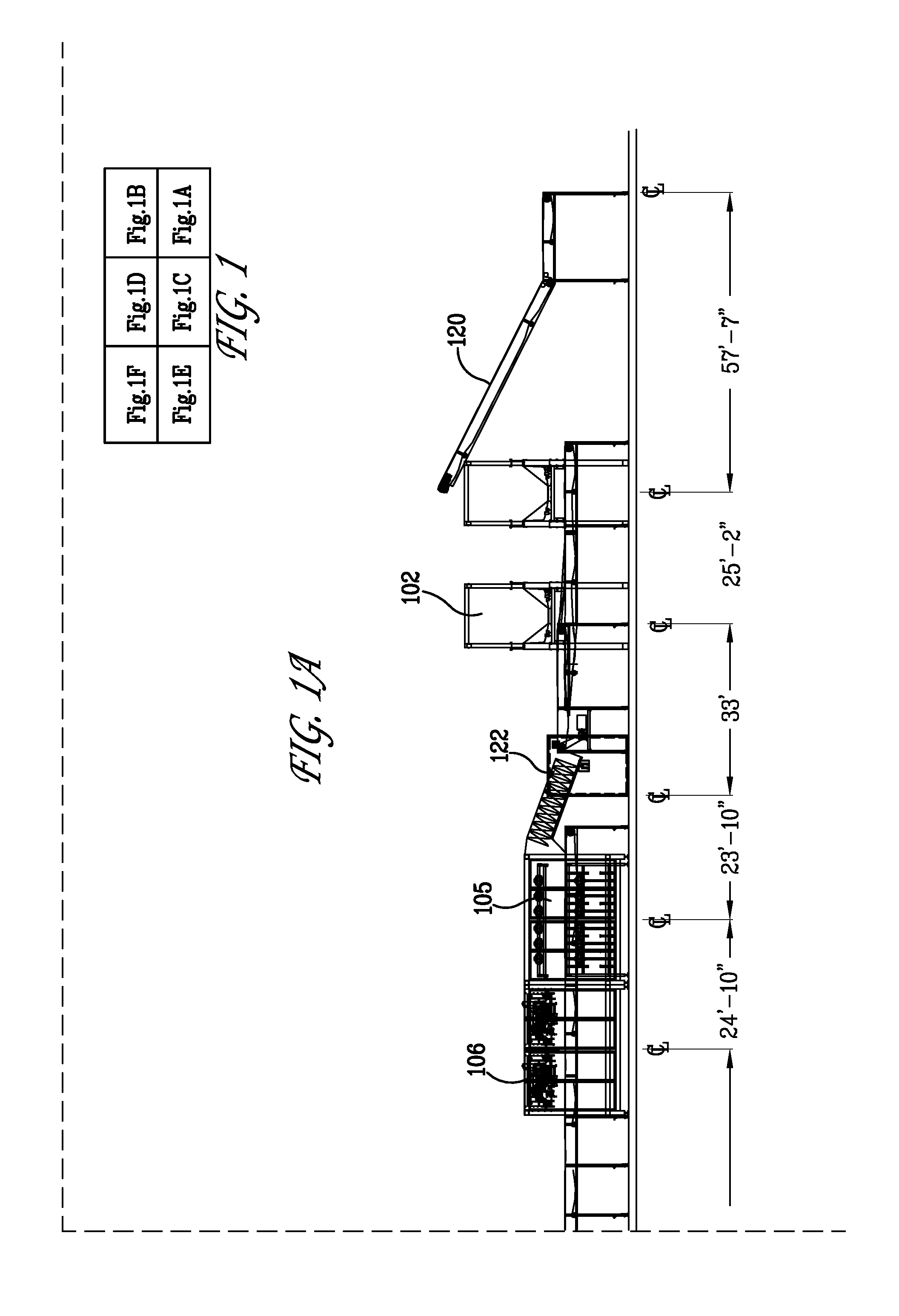Microwave-based recovery of hydrocarbons and fossil fuels
a technology of hydrocarbons and fossil fuels, which is applied in the direction of hydrocarbon oil cracking process, electric/magnetic/electromagnetic heating, organic chemistry, etc., can solve the problems of time-consuming and laborious, insufficient quantities of usable oil, and inability to extract oil from these materials
- Summary
- Abstract
- Description
- Claims
- Application Information
AI Technical Summary
Benefits of technology
Problems solved by technology
Method used
Image
Examples
example 1
[0147]A chamber capable of being subjected to between 4.0 to 12.0 GHz of microwave radiation frequencies and rated to withstand reduced atmospheric pressure, was equipped with a 700 W, 5.8 to 7.0 GHz VFM microwave tube (Lambda Technologies, Morrisville, N.C.). The chamber was outfitted with a nitrogen gas inlet tube, a vacuum inlet tube, and an outlet tube connected to a heat exchanger and collection vessel. The chamber was also equipped with an infrared thermocouple temperature probe.
example 2
[0148]A chamber capable of being subjected to between 4.0 to 12.0 GHz of microwave radiation frequencies and rated to withstand reduced atmospheric pressure, was equipped with a 1800 W, 7.3 to 8.7 GHz VFM microwave tube (Lambda Technologies, Morrisville, N.C.). The chamber was outfitted with an nitrogen gas inlet tube, a vacuum inlet tube, and an outlet tube connected to a heat exchanger and collection vessel. The chamber was also equipped with an infrared thermocouple temperature probe.
example 3
[0149]A 20 lb automobile tire was cut into approximately 4″×4″ pieces. These pieces were washed and dried. The pieces were placed on a tray and loaded into the chamber of Example 1. Twenty psi of N2 was introduced into the chamber. The VFM microwave radiation was initiated (700 W, 5.8-7.0 GHz). When the temperature of the tire pieces reached 465° F., the microwave radiation was halted and the tire pieces allowed to cool about 5-25° F. Microwave radiation was resumed. This process was repeated an additional three times. Total experiment run time was approximately twelve minutes. The decomposition products were then analyzed.
[0150]This experiment produced 1.2 gallons of #4 oil (see Tables 1 and 2), 7.5 lbs of carbon black, 50 cu. ft. of combustible gases (including methane, ethane, propane, butane, and isobutene), and 2 lbs of steel. FIGS. 9A-9C depict electron microscope photographs of samples of carbon black produced using this method. FIG. 9C demonstrates that the carbon black prod...
PUM
| Property | Measurement | Unit |
|---|---|---|
| frequency | aaaaa | aaaaa |
| pressure | aaaaa | aaaaa |
| temperature | aaaaa | aaaaa |
Abstract
Description
Claims
Application Information
 Login to View More
Login to View More - R&D
- Intellectual Property
- Life Sciences
- Materials
- Tech Scout
- Unparalleled Data Quality
- Higher Quality Content
- 60% Fewer Hallucinations
Browse by: Latest US Patents, China's latest patents, Technical Efficacy Thesaurus, Application Domain, Technology Topic, Popular Technical Reports.
© 2025 PatSnap. All rights reserved.Legal|Privacy policy|Modern Slavery Act Transparency Statement|Sitemap|About US| Contact US: help@patsnap.com



